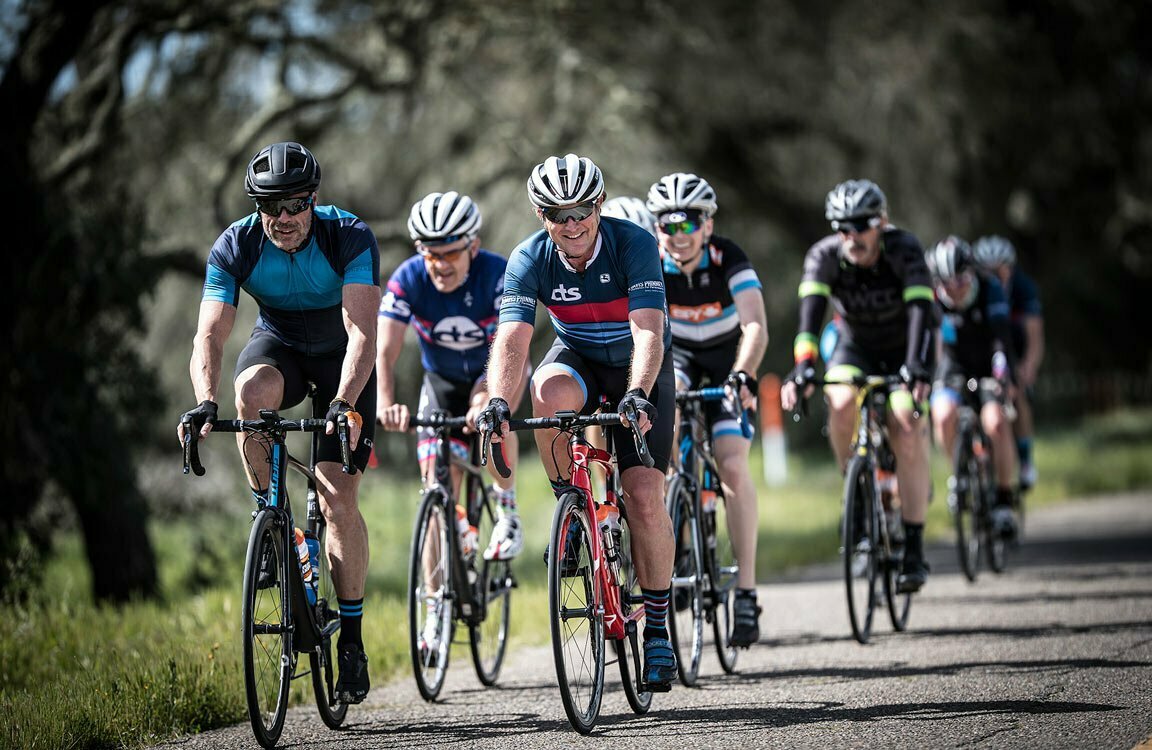Soil samples from races won by Eddy Merckx. Shredded skinsuits from Quick-Step. Broken handlebars from the fatal crash of 1970 global champion Jean-Pierre Monseré. These are but some relics saved inside the multistory Koers Cycling Museum in Roeselare, Belgium.
Bring your motorcycle and an appetite. There are motorbike lockers, showers, a cafe, and rankings of high-quality cycling routes that depart from the front door. For a short virtual excursion of the Koers Cycling Museum, scroll through the gallery underneath.
Friends don’t cycle. It’s an article of religion amongst my human beings. “Friends don’t cycle,” my dad could declare, and then we’d like all point at passing cyclists and chuckle. It’s a happy memory for me.“I need you to cycle alongside the proposed direction of the new cycle paths on a Dublin motorcycle,” my boss said.“Friends don’t cycle,” I stated, but he becomes having none of it.

I recognize what he had in his thoughts. He became looking at my gentle, supple flesh and imagining non-life-threatening accidents I am probably able to write about once I unavoidably careened right into a bus on Bachelor’s Walk or a lost Italian visitor in a leprechaun hat at O’Connell Bridge. That’s the form of the element that occurs to me generally. I’m just like the Wile E Coyote, so I am.
Cycling in Dublin constantly felt like the behavior of submit-Catholic masochists to me, cussed fools at struggle with truth. Not that I want to paint all cyclists with the identical brush, of course. There are many styles of the cyclist in Dublin. Six of them, in reality.
Vacationers are ambling unapologetically alongside the metropolis’ footpaths on Dublin motorcycles as although they’re on a country lane. Some work within the IFSC and are “giving back” with the aid of having their unwholesomely expensive motorcycles stolen once every fortnight. There are the human beings of spandex, who’ve emerged as one with their bikes, Third Policeman style. There are the smiling mother and father who pull their sullen infants along in specially-created water-resistant war chariots. All of those youngsters have thousand-backyard stares and therapists already. When they grow up, they will have massive gas-guzzling automobiles and paintings for oil companies.
There are the youngsters, wheelying en masse down the center of the road. They’ll be on unicycles earlier than the 12 months is out, if my trend-forecasting abilities haven’t abandoned me. And then there’s the navy wing of the cycling network. The humans in high-viz jackets with GoPro cameras on their helmets, who like to add badly-filmed arguments with taxi-drivers to Facebook in among navigating their divorce intending.
That’s it. Those are the six types of the bike owner. All of those human beings are crazy.
Cycling isn’t crazy, of course. Cycling makes the experience – on your health, for the surroundings, to bother George Hook. But biking in certain components of Dublin metropolis center at positive times of the day is a stone-cold loon’s behavior.
Befriending difficult buses, I’ve been to different cities such as Berlin and Amsterdam, where there’s proper cycling infrastructure. Cyclists are the apex predator, dominating the streets and terrifying pedestrians with judgmental stares and hideous war cries (a tinkling bell). Cars absolutely tiptoe via in those towns, so unimportant are they to the metropolitan attention. And suitable enough for them too. As a committed pedestrian, I wouldn’t say I like motors greater than I wouldn’t say I like bikes, and I hate motorcycles more than I wouldn’t say I like scooters, and so on down to roller skates.
There are bits in which the bike owner reveals themselves squeezed among double-deckers like the fleshy jam in a bus sandwich In Dublin, but motors are the least of a bicycle owner’s problems. The streets along Dublin’s quays are owned with the aid of buses and trucks. Pedestrians persist with the footpath like mice to skirting forums, and cyclists are just like the Borrowers, risking death for the opportunity to get to paintings.
I’ve heard demise-defying memories of close-to-misses from undertaking managers who commonly work in the protection of open-plan offices, and I’ve seen things from the window of the 123 bus that most effective Immortan Joe has visible at the Fury Road. The new €20 million plan from the National Transport Authority is designed to create properly segregated cycle routes alongside the Liffey banks of Dublin. Currently, the biking course from my office right down to Heuston Station and lower back is insanity itself from a safety point of view, filled as it frequently is with buses, motors, and vehicles.
Delivery guys want to park in bike lanes and open their doors flamboyantly to wonder us. There’s a stretch after O’Connell Bridge where a bicycle symbol sits atop the words “Lána Bus,” like the ones little birds that groom hippos. I don’t recognize what occurs at busier instances of the day in these shared bike and bus lanes. I think the bicycle owner is meant to befriend one of the harder buses because it protects them from the others.
I’ve by no means study a motorbike protection manual, but I presume that recommendation is in there. On the way again to the workplace at the north aspect of the river, there are bits wherein the bicycle lane simply disappears. There are bits in which the bicycle owner unearths themselves squeezed between two double-deckers just like the fleshy jam in a bus sandwich (to be honest with you, I turned into greater hungry than afraid at this factor, subsequently that metaphor).
Here’s the issue: unaccustomed as I am to cycling, navigating this difficult course at 11 am on a weekday is hardly ever the traumatizing event. It is probably at other instances inside the week. So my editor appears a touch disillusioned once I got here returned without a comedy bump on my head, circling songbirds and a bicycle wheel wrapped around my neck. “It becomes grand,” I said. “My arms were a bit cold.”








